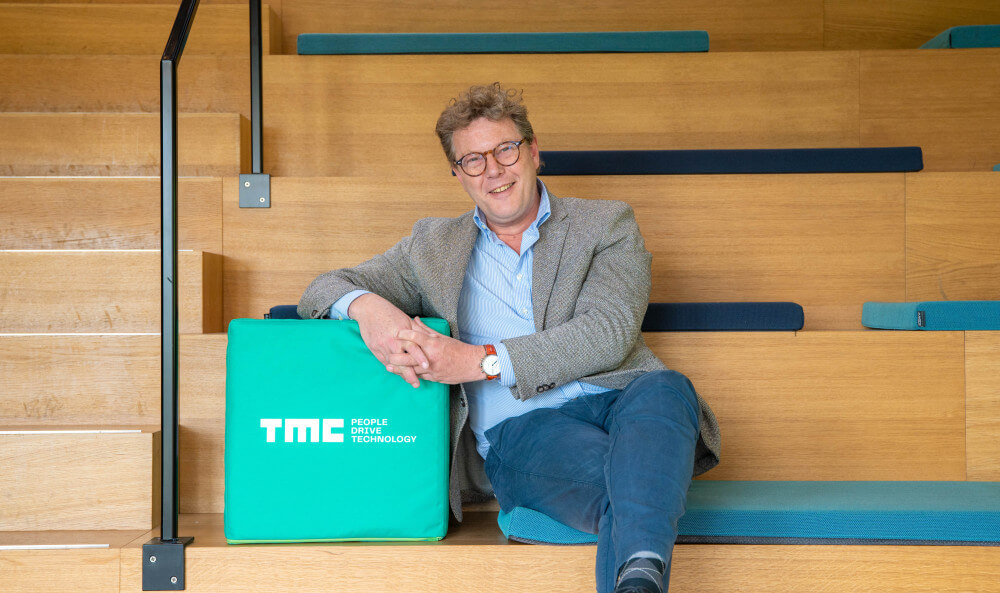![pressrelease_level21[1].png pressrelease_level21[1].png](https://www.themembercompany.com/cache/4462ce0d05b0dcb96e3bd48ef7106e67/pressrelease_level21[1].png)

Organizational- and product design: how to map tremendously complex systems
A machine that consists of tens of thousands of parts, a software project with millions of lines of code... With these enormously complex challenges, you are dealing with all kinds of elements that are interrelated in a complex way. The Design Structure Matrix (DSM) allows us to map the interaction of the various subsystems. Ignacio Vazquez, Industry and Certificate Director at MIT System Design and Management and Jun Wang, chair of KIVI International Engineers and Employeneur at TMC, explain how the DSM can lead to unexpected and surprising results.
Reading time: min.Suppose you are going to build a machine with tens of thousands of parts. Then, first of all, you are dealing with physicists who develop the technology and engineers who devise and build the machine. There are also all sorts of other people and processes involved. You are probably even dealing with organizations around the world just to produce all those parts. In short, this is a system consisting of all sorts of elements that are interrelated in a complex way. In addition to the end product, the processes and organization are at least as important as the final product.
What is a Design Structure Matrix?
How do you map the coherence of all those elements in such a complex process? The Design Structure Matrix (DSM) is a simple and compact way of visually representing a system or project. It is a square matrix in which we represent the different components of a system in rows and columns. In this table, we describe for each element what its relationship with the other elements is.
Let's look at a very simple example: a chair. This contains as elements the seat, the legs, screws, wheels and the fabric. All these parts are related to each other in different ways. In a more complex project, the connection between all the parts is not as clear as with that chair. By using the matrix, we can systematically map out the system. This creates an overall view that is often lacking in complex systems.
Products, organizations and processes
Not only can a DSM be used to describe all parts of a product and their interrelationships, it is also very suitable for mapping organizations and processes. After all, every organization employs all kinds of people with different roles, each of whom communicates with the other members of the organization in their specific way.
A DSM also comes in handy for processes. Think, for instance, of a software development project where the question is whether a V-method or an agile method is the most suitable. If you map both processes and all their related activities, you can easily compare them.
Complete picture
Combining DSMs creates a complete picture of a system. Suppose you have two DSMs. One DSM for your product, which consists of different components that all have relationships with each other. A second DSM for the organization with people who all communicate with each other in different ways. If you superimpose these, you get an insight into the whole. For instance, you may see that there are certain parts of the product that are being neglected or that, on the contrary, too many people are interfering with one part. You thus gain insights you didn't have at the beginning of the process, which quite often leads to surprising conclusions.
Where to start
Applying the DSM concept can be quite overwhelming. Therefore, it is advisable to start small. This can be at the level of a project, but you can also break up a very complex project. For instance, if it concerns a complicated machine, you don't map all 10,000 parts at once, but you could start with six parts. Of these, try to specify the specific interrelationships.
There are many different models that help with organizational and product design, but not for nothing has the DSM matrix been used at MIT System Design and Management for more than 20 years. The matrix is easy to understand and offers great insight for all types of organizations.

Reach out for opportunities, collaborations, or questions. We're here to connect.

